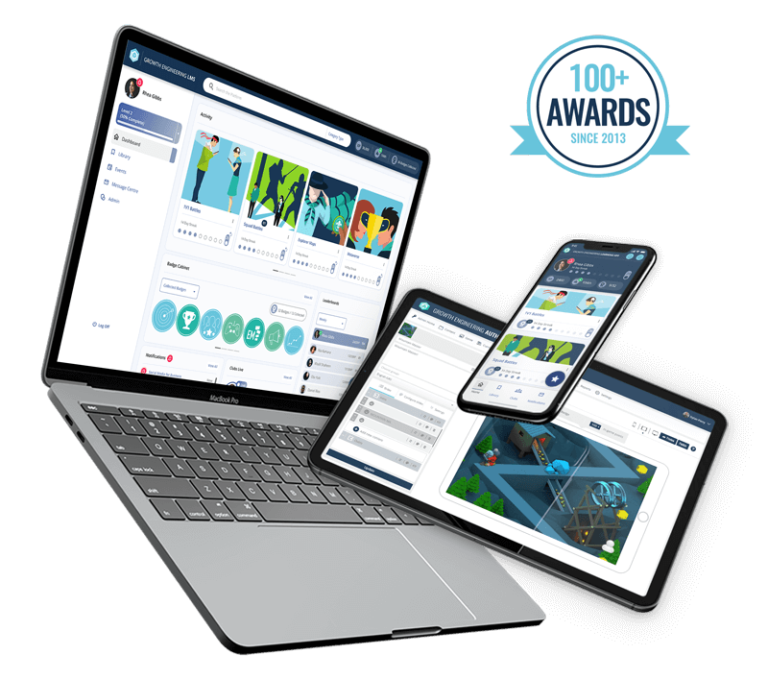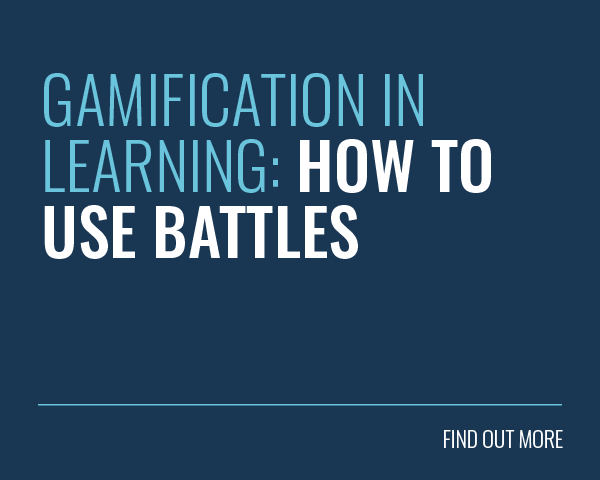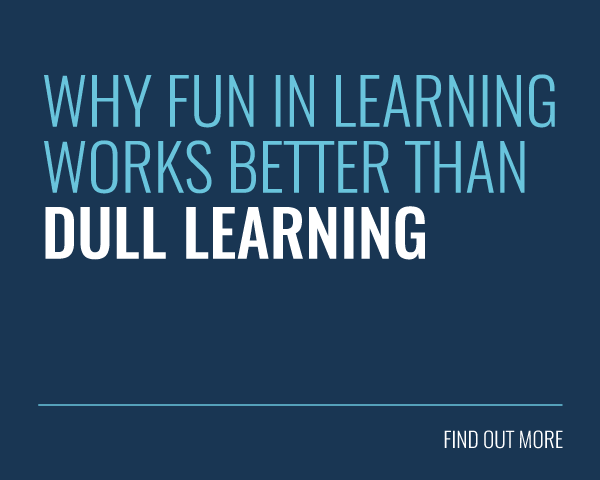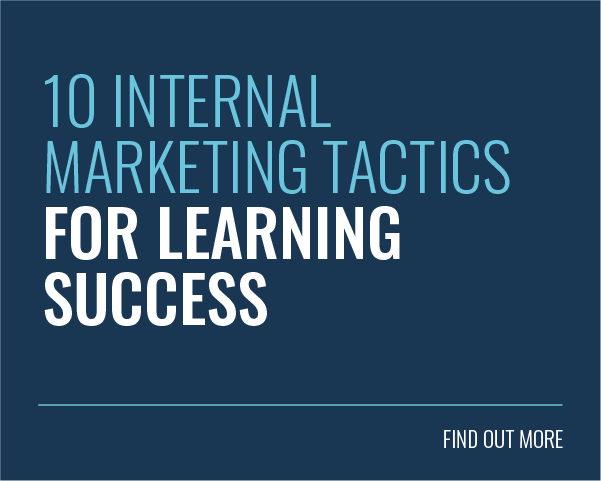 Truth be told, we’re in the midst of an engagement crisis. A recent Gallup study reveals that only 35% of employees worldwide are engaged at work. Ouch! Similarly, 90% of learning professionals regard learner engagement as a topmost concern.
Truth be told, we’re in the midst of an engagement crisis. A recent Gallup study reveals that only 35% of employees worldwide are engaged at work. Ouch! Similarly, 90% of learning professionals regard learner engagement as a topmost concern.
The right engagement strategies ensure that your employees display the right attitudes and behaviours towards learning. Otherwise, you face the very real threat of a failed training programme, which can cost you enormous amounts of time and money. So let’s not subject learners to training that isn’t utterly fantastic.
Luckily for you, we’re here to save the day with these learner engagement tips. This will help you assemble a team of learning superheroes in a flash! But first, let’s define learner engagement…
What is Learner Engagement?
Simply put, learner engagement is how much attention your audience is giving to your learning content or programme.
An engaging learning programme should make your employees squeal with excitement and jump for joy. And when they’ve calmed down, it should inspire them to share their learnings with others.
However, real engagement isn’t a one time, wow their socks off, learning affair. Ultimately, you want them to engage with your content long enough to achieve your learning goals. Learner engagement is something that happens over time, as learners progress in their development and start unlocking their full potential.
To illustrate this further, we’ve broken this down into five learning stages:
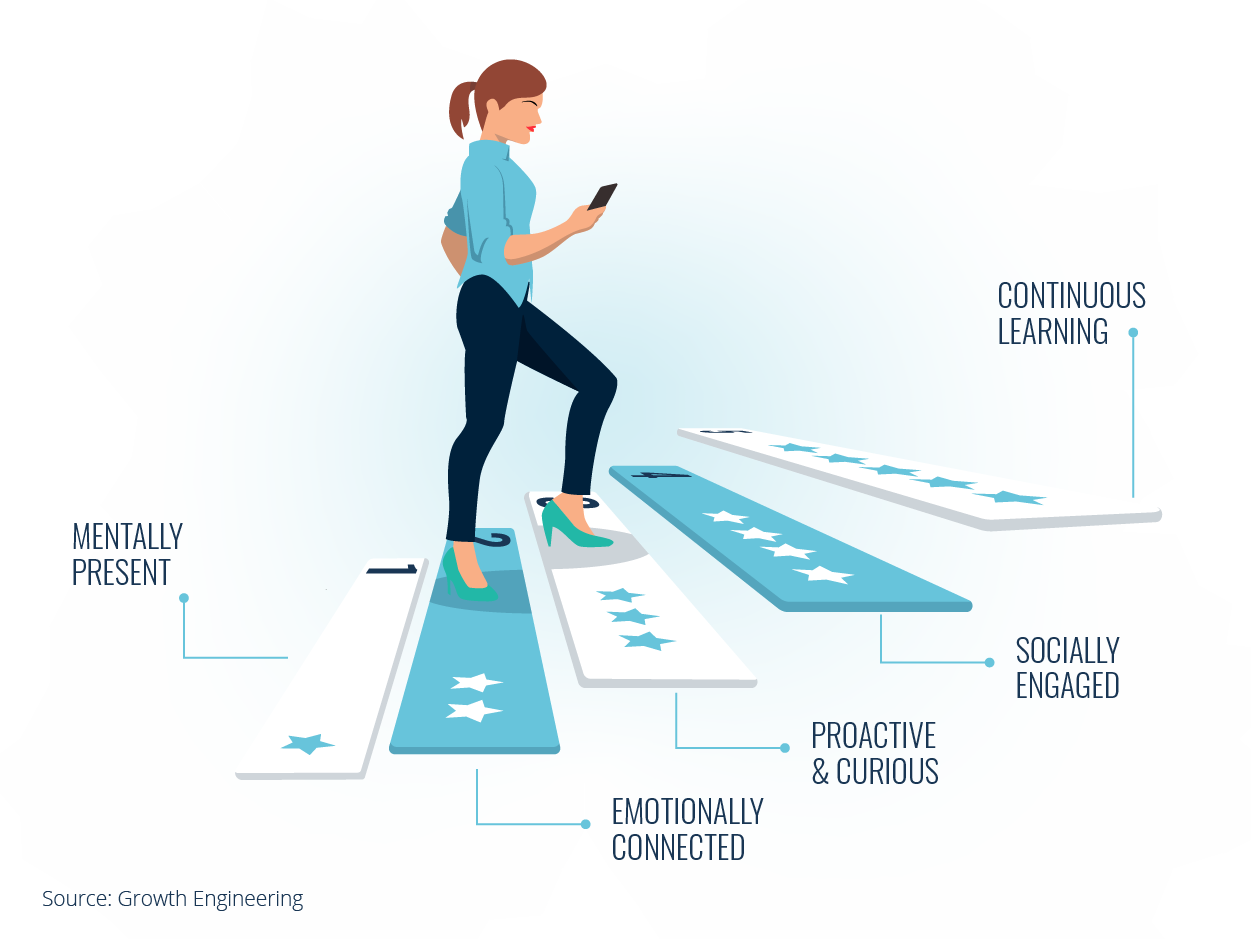
- Mentally Present: Learners are mindfully focused and attentive to your subject matter.
- Emotionally Connected: They sincerely enjoy learning. Learners also feel personally aligned with your programme’s learning objectives.
- Proactive & Curious: Learners are taking the initiative to keep learning and engaging with training content.
- Socially Engaged: They are actively reinforcing their learning by connecting with others and sharing their knowledge.
- Continuous Learning: Learners are applying their knowledge and displaying desired behaviours. They have cultivated positive learning habits.
From this breakdown, we can see how engaged learning is a process of cultivating the right learning behaviours. The best engagement strategy helps learners to establish a continuous learning pattern. So this begs the next question. How can we achieve ultimate engagement in learning?
10 Tips to Improve Learner Engagement
1. Variety is the Spice of Learning
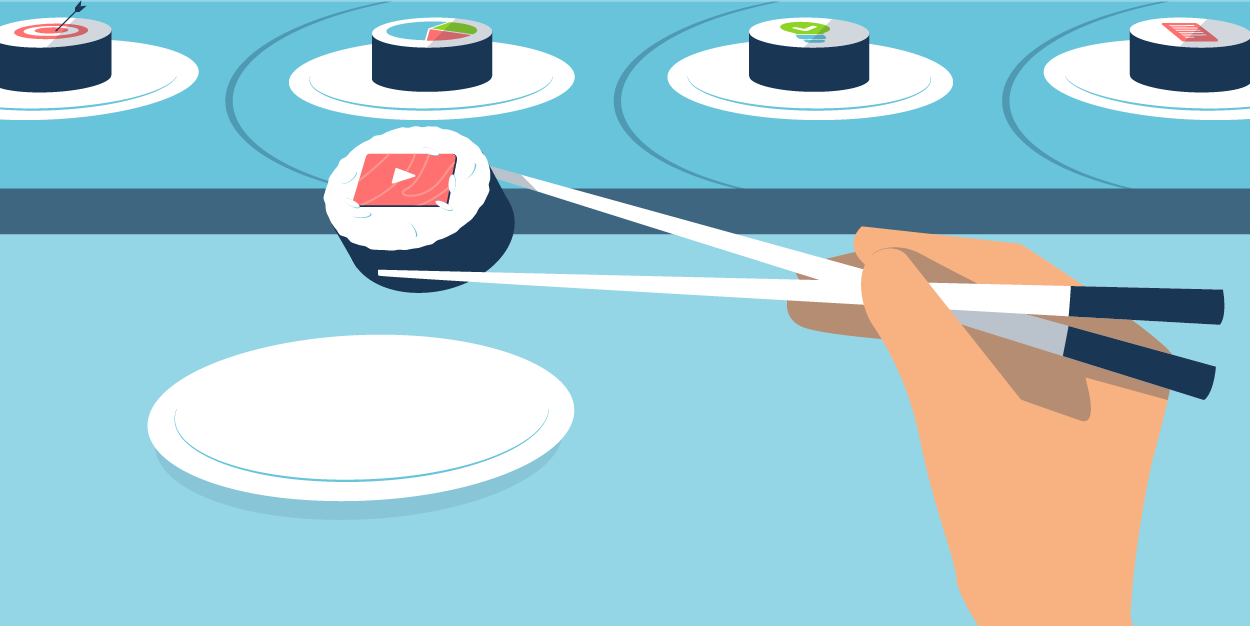 Why does boredom set in after eating the same food too many times? Why do we tire of hearing the same song too often? What makes us chase after one new experience after another?
Why does boredom set in after eating the same food too many times? Why do we tire of hearing the same song too often? What makes us chase after one new experience after another?
We are wired to crave variety and stimulation. Too much of the same thing gives way to boredom or frustration. On the other hand, new and varied experiences light up our brain’s reward centres. So whether it’s trying out a new recipe or mixing up learning tactics, variety keeps things fresh and exciting.
Stimulate your learners with a training programme packed with colour and variety. Steer away from boring grey content. Learning professionals may benefit by taking a page from the marketing playbook. For instance, 56% of marketers are creating more image-based content to appeal to their audience. That should be your cue to do the same thing.
Today’s stats also show that modern learners are 75% more likely to watch videos than read documents and articles. As such, you should seek to mix up the content you throw at your learners, with a variety of videos, quizzes and maybe even a comic strip! In return, you’ll have a legion of engaged minds at your disposal.
2. Make a Big Impact with Microsized Learning
Two goldfish are having a conversation in a fish tank. One of them suddenly forgets what he was saying, to which the other replies, “Oh Brian, you have the memory of a human”.
This isn’t a joke. Reports suggest that humans now have an attention span of 8 seconds, worse than a goldfish! Whilst the research is disputed, it’s certainly true that we have more sources of distraction vying for our attention than ever before. So if you wish to engage your learners, then you need to provide them with short bursts of learning that will hold their attention.
Microlearning helps break learning material down to bite-sized chunks. This helps our brain to better absorb and process information. But don’t just take our word for it. Studies show that microlearning creates 17% more learning efficiency.
Similarly, 94% of learning & development professionals prefer microlearning over traditional approaches. After all, it enables a quicker production process which helps you to meet your training needs faster than with traditional approaches.
Growth Engineering’s Authoring Tool can help you create microsized learning content on the go and on demand. This can be easily uploaded to your online learning platform or app.
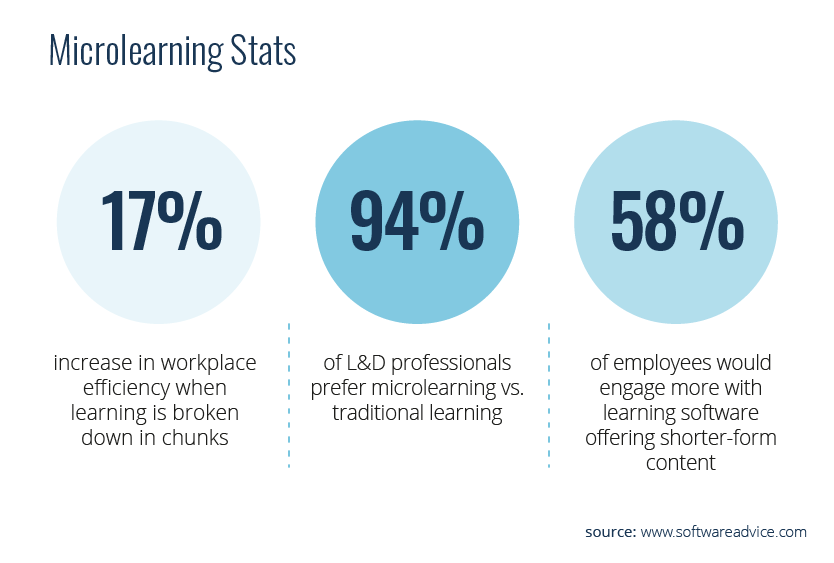
3. Level Up with Gamification
Why do we love games so much? The neuroscience reveals that games stimulate a rush of heady hormones which make us feel happy and engaged. Playing learning games also has its benefits by allowing us to test our skills in a “play” environment.
This is where Gamification comes in. It utilises the fun of games by bringing game elements into a learning environment. When learners enjoy training, they feel engaged and want to keep learning. In fact, one survey finds that 95% of employees enjoy having gamified elements in their work environment.
Gamification has also been found to reinforce the brain’s muscle by 68%! Why not build a brain that Arnold Schwarzenegger would be proud of? Similarly, studies have also shown how gamified training can improve learning retention by up to 90%.
Here at Growth Engineering, we just don’t like gamification. We love gamification! Game mechanics such as XP, Badges and player-vs-player Battles can help to supercharge learner engagement levels. Employee engagement strategies are all the better with a slice of gamification.
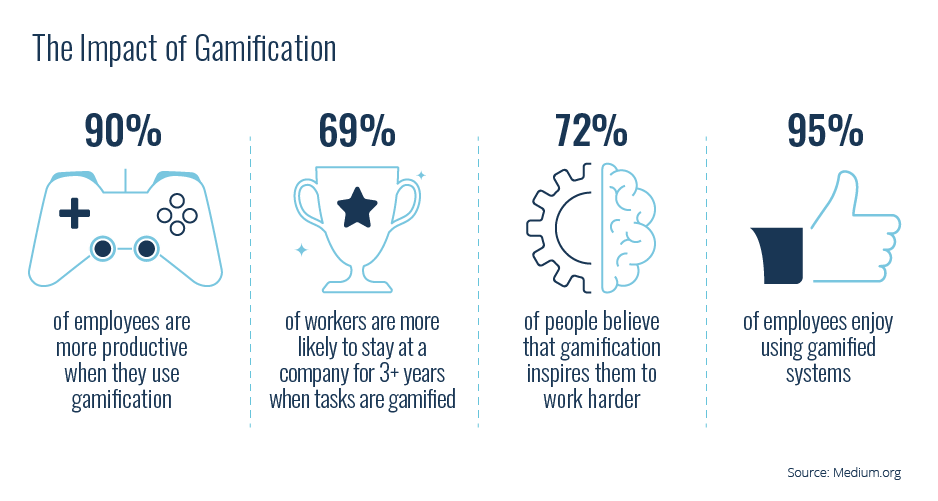
4. Create Real Purpose with Epic Meaning
 From chimps using tools to sleep-talking dolphins, we share many similarities with animals. So what makes us special?
From chimps using tools to sleep-talking dolphins, we share many similarities with animals. So what makes us special?
One of the qualities that make us unique is our ability to reflect on our actions and their impact on others. This is stirred by an innate desire for purpose, or what we call Epic Meaning.
Today’s employees are more motivated when their work provides them with a sense of purpose. In fact, this is what drives 73% of employees to feel more engaged and satisfied in the workplace.
Engage your learners throughout your training with a programme filled with epic meaning. One way to do this is to clearly communicate how learning objectives connect to your company’s wider mission and values.
Another way is to apply a mission-filled narrative to your learning content. Storytelling helps to fuel Epic Meaning. After all, who among us hasn’t been inspired by stories? A narrative will also allow learners to play out character roles and progress through Levels within your training. This will help add an extra layer of immersion and draw users deeper into the learning experience.
For instance, you can weave a superhero narrative into your training, where learners have a chance to save the world, one learning module at a time.
Learning incentives could also be linked to your company’s sustainability initiatives. You can then enable your learners to trade their Experience Points for real-life donations to a charity or a tree-planting project. This will help create deeper engagement, instill in your learners a sense of purpose, and a fuller appreciation of your learning programme.
5. Power Up Proactiveness with Personalisation
Personalisation matters. It’s the difference between receiving a football shirt with your favourite team’s logo and your initials stitched on the back, and receiving a plain white t-shirt.
Why do we appreciate tailored gifts much more than generic ones? This is because they make us feel that our personal preferences are being valued.
As such, it is no wonder why personalised learning has such a huge impact for learners. In fact, stats show that 74% of online users feel frustrated when content is not personalised. What’s more, this can also impact learning and business outcomes! Companies who implement personalisation report seeing a 20% increase in sales.
How can you personalise your training programmes? Deep content libraries and custom learning pathways are the answer. These allow you to tailor the learning experience to help meet the unique learning needs of your specific audience.
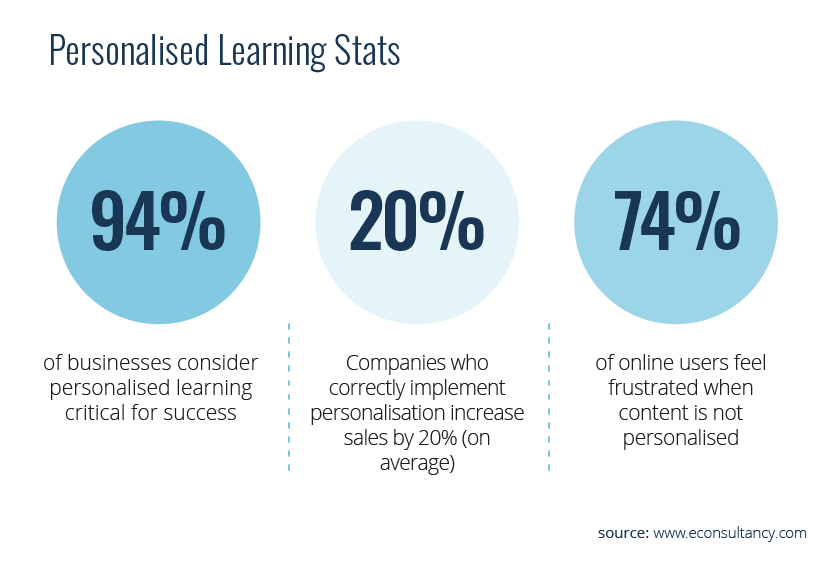
6. Mobilize Modern Learners with Mobile Learning
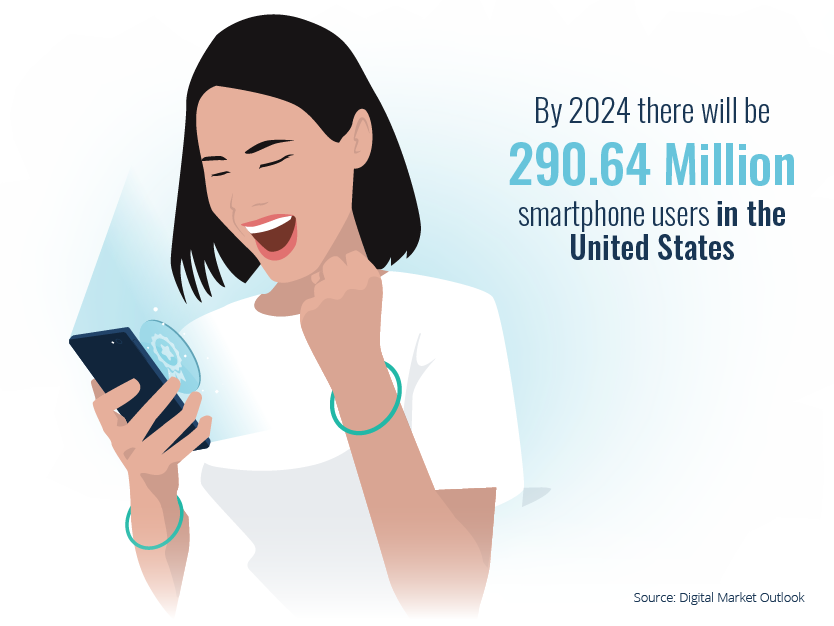 Here’s a quick exercise. Look around your workplace and spot the modern worker. Are they checking their mobile phones multiple times per hour? Do they constantly crave for new knowledge? Are they excited to share what they’ve learned with others?
Here’s a quick exercise. Look around your workplace and spot the modern worker. Are they checking their mobile phones multiple times per hour? Do they constantly crave for new knowledge? Are they excited to share what they’ve learned with others?
Today’s workers are tech-savvy and knowledge-hungry learners. What’s more, the majority of them are made up of millennials. By 2030, this group will dominate up to 75% of the workforce. 97% of them also own smartphones, with 91% of their mobile time spent on apps.
What’s more, did you know that millennials are also the world’s most curious generation? Despite this, they are incredibly restless, spending a meager 20 minutes a week on focused learning.
As such, now is the perfect time to adopt a mobile-first learning solution. In fact, 71% of millennial learners prefer mobile learning over other training approaches. Growth Engineering’s mobile learning app comes packed with gamification and social features to help keep your employees glued to their learning. It can also connect seamlessly with our LMS to ensure high quality learning on any device.
7. Create Social Superstars with Social Learning
 “Man is by nature a social animal”, marvels the great philosopher Aristotle. And we couldn’t agree more.
“Man is by nature a social animal”, marvels the great philosopher Aristotle. And we couldn’t agree more.
We are born and wired to connect, engage and learn from others. This is what makes social learning so easy. Indeed, humans have been engaging in social learning for as long as people have been around.
This informal type of learning is carried out simply by observing or interacting with others. Additionally, we get a rush of the feel-good neurotransmitter, oxytocin, each time we receive social stimulation. This is what makes social learning so fun and engaging!
Today, more than half of L&D professionals are already using some form of social learning in their training programmes. This has been shown to contribute to an impressive 75:1 ROI over traditional web-based training. What’s more, learners who used social features spent 30x more hours learning than those who didn’t!
Give your learners the oxytocin boost they deserve by providing them with a social learning platform. Features like ‘Clubs‘, can help your learners to form communities, share their expertise and learn from others. In turn, you may just create the high performance learning culture you’ve been dreaming about.
8. Mix Things Up with Blended Learning
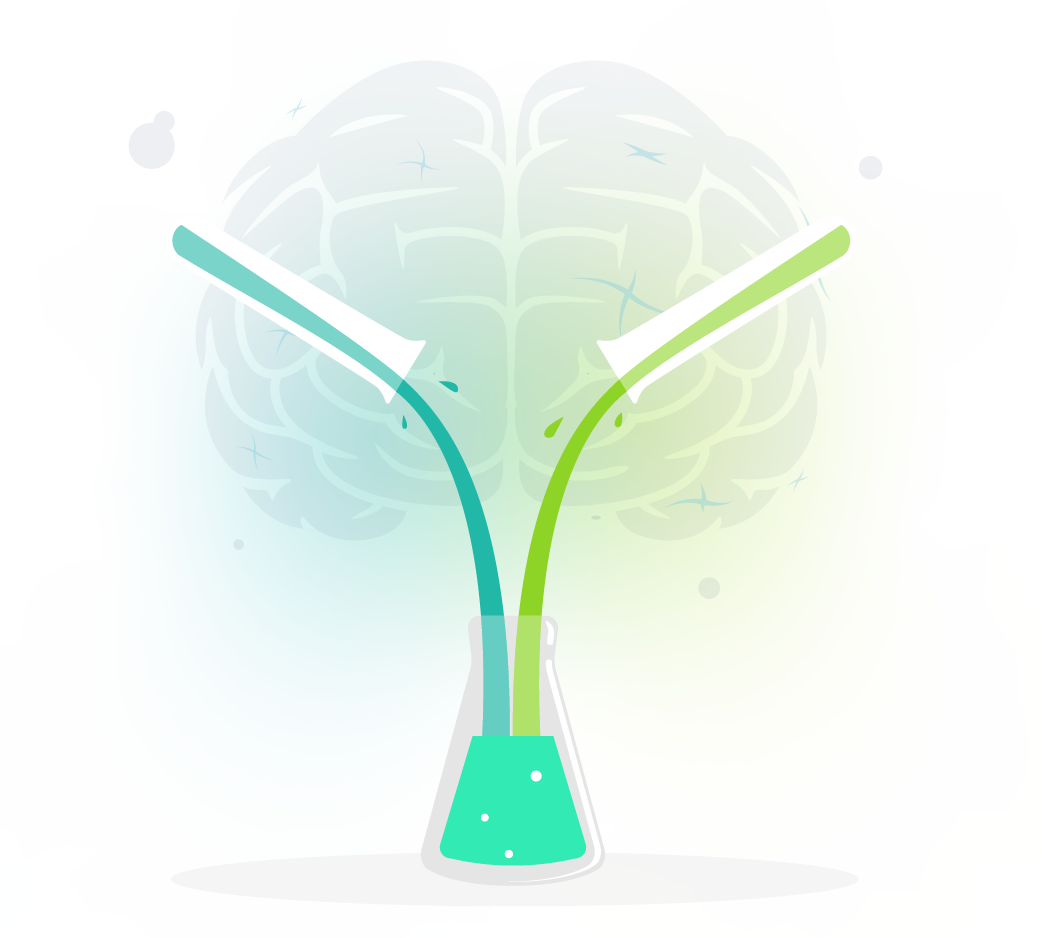 Everyone agrees that learning is a good thing. However, the agreement often ends there.
Everyone agrees that learning is a good thing. However, the agreement often ends there.
To this very day, an intense debate rages over how learning should be conducted. On one side are the ‘trad trainers’, the loyal supporters of face-to-face classrooms. On the other side are the ‘cyber champs’, who rally behind the benefits of online learning.
Here at Growth Engineering, we say “why choose one when you can have both?”
Blended learning combines face-to-face training with online learning to get the best of both worlds.
This approach offers flexibility and convenience to suit the modern learner. For instance, the offline aspect of blended learning lets participants enjoy the value of in-classroom training. At the same time, the model’s online component allows users to pursue learning at their own pace.
In fact, statistics show that 94% of learners who engaged in a blended programme finished their courses successfully. 73% of instructors also say that blended learning increases engagement. What’s more, mixed learning strategies have also been found to boost knowledge retention by 16.5%.
You can adopt a blended learning approach with the help of learning technology. Consider online learning solutions with the right tools to support a mix of offline and online learning. The best platforms will offer online learning capabilities and classroom and webinar booking management tools. Some, like Growth Engineering LMS, even offer Interactive Classroom options.
9. Say “I Do” to Long-term Learner Engagement
 So you’ve captured your learners’ attention, and they are now happily engaging with your learning content. But the question is, for how long?
So you’ve captured your learners’ attention, and they are now happily engaging with your learning content. But the question is, for how long?
To see the real impact of your learning strategy, learners need to be engaged long enough to store, recall and apply their knowledge. The key is to help your learners build positive learning habits. This will set the stage for high-impact learner engagement.
The neuroscience of learning tells us that habits are formed when actions we perform make us feel good. We can credit this to our brain reward’s system, which lights up each time we engage in a pleasurable activity. This encourages us to repeat the behaviours linked to these positive experiences. And this, my friend, is what creates habits.
The Hook Model is a great guide to help your learners form desired learning habits. The model utilises the power of triggers which can prompt them into action. Research shows that it takes us 66 days (on average) to form a new habit. As such, the right triggers applied 66 days in a row can help your users change their behaviour!
Get learners to (happily) commit to your training, by offering them a learning experience they can fall in love with. A trigger-packed learning solution will help you create a lasting impression on your learners. Push notifications, Streaks and Battle Squads are some of the features that come with Growth Engineering’s Impact Suite. These serve as habit-generating hooks to get your learners to say ‘I do’ to long-term learning!
10. Find ‘Engagement Gaps’ Through Reporting
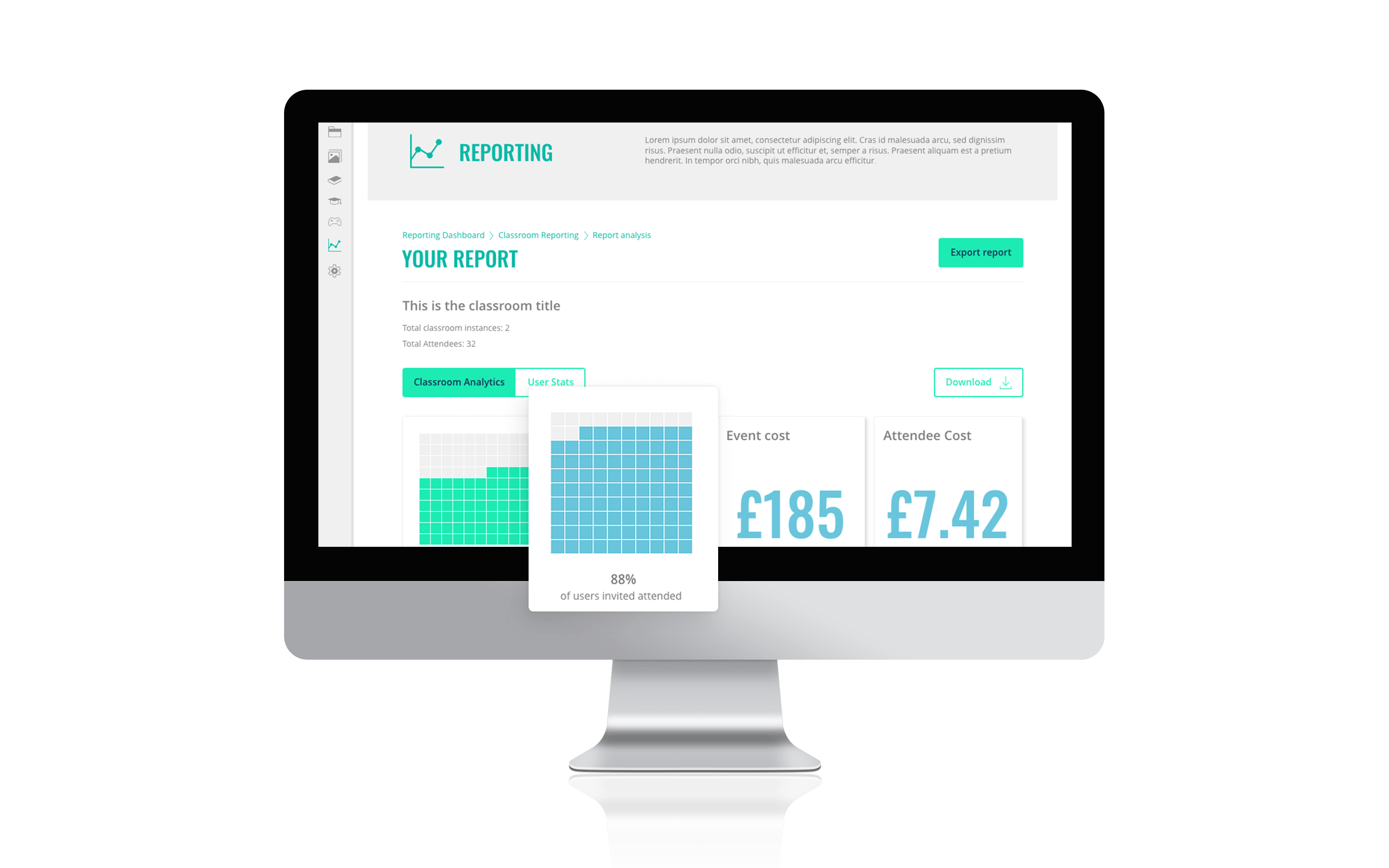 Achieving long-term learner engagement is no walk in the park. It’s also not a one day sprint. It’s a marathon where continuous improvements must be made over time to see real and lasting results.
Achieving long-term learner engagement is no walk in the park. It’s also not a one day sprint. It’s a marathon where continuous improvements must be made over time to see real and lasting results.
But as the old saying goes, “you can’t manage what you can’t measure”. This is why 82% of today’s organisations consider reporting and analytics to be an important feature in any learning platform. They recognise how the right analytical tools can level up their learner engagement strategies.
The right reporting tools can help you easily monitor and measure your learning activities. They can also help you identify any engagement gaps linked to your training.
For instance, Growth Engineering’s real-time dashboards give you live reports on how your learners are progressing (or not progressing!). This will help you to monitor engagement levels and intervene where necessary. If your learners need encouragement to help them get over the finishing line, you’ll be there to cheer them on!
Final Word
Without a proper engagement strategy in place, a training programme is doomed to failure. But achieving learner engagement isn’t easy. Employees are not computers who can learn and run on command. We are highly complex beings driven by emotions and personal will.
This is why a good engagement strategy is one that ties learning tactics to deeper learner motivations. Doing so will start you on the right foot towards achieving successful engagement in learning.
All in all, achieving ultimate learner engagement requires a long-term commitment towards learning. The right strategies and tools will ensure that learners are mentally, emotionally and socially engaged all throughout your training. In turn, this is what will drive effective learning habits and behaviour change.
At Growth Engineering, we have committed ourselves to waging war against dull learning. As such, we have designed the ultimate engagement engine. Our online learning solution utilises the powers of neuroscience, gamification and social learning, to create high-impact and lasting engagement. Learn more about our Impact Suite here!
Hungry for more tips? Don’t you worry! We’ve gathered 140 more! Download our 150 Nifty Learner Engagement Tips right here.
Unlimited Learner Engagement on
The Impact Suite
